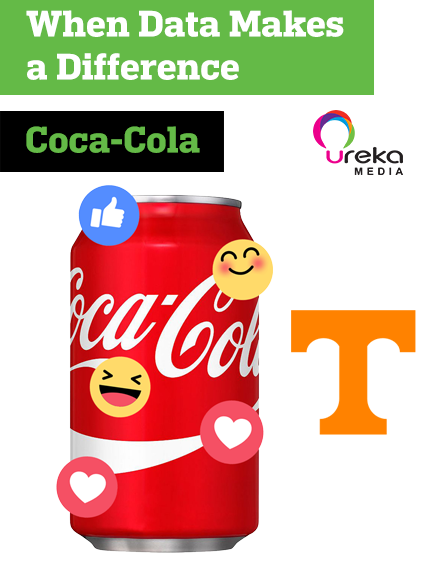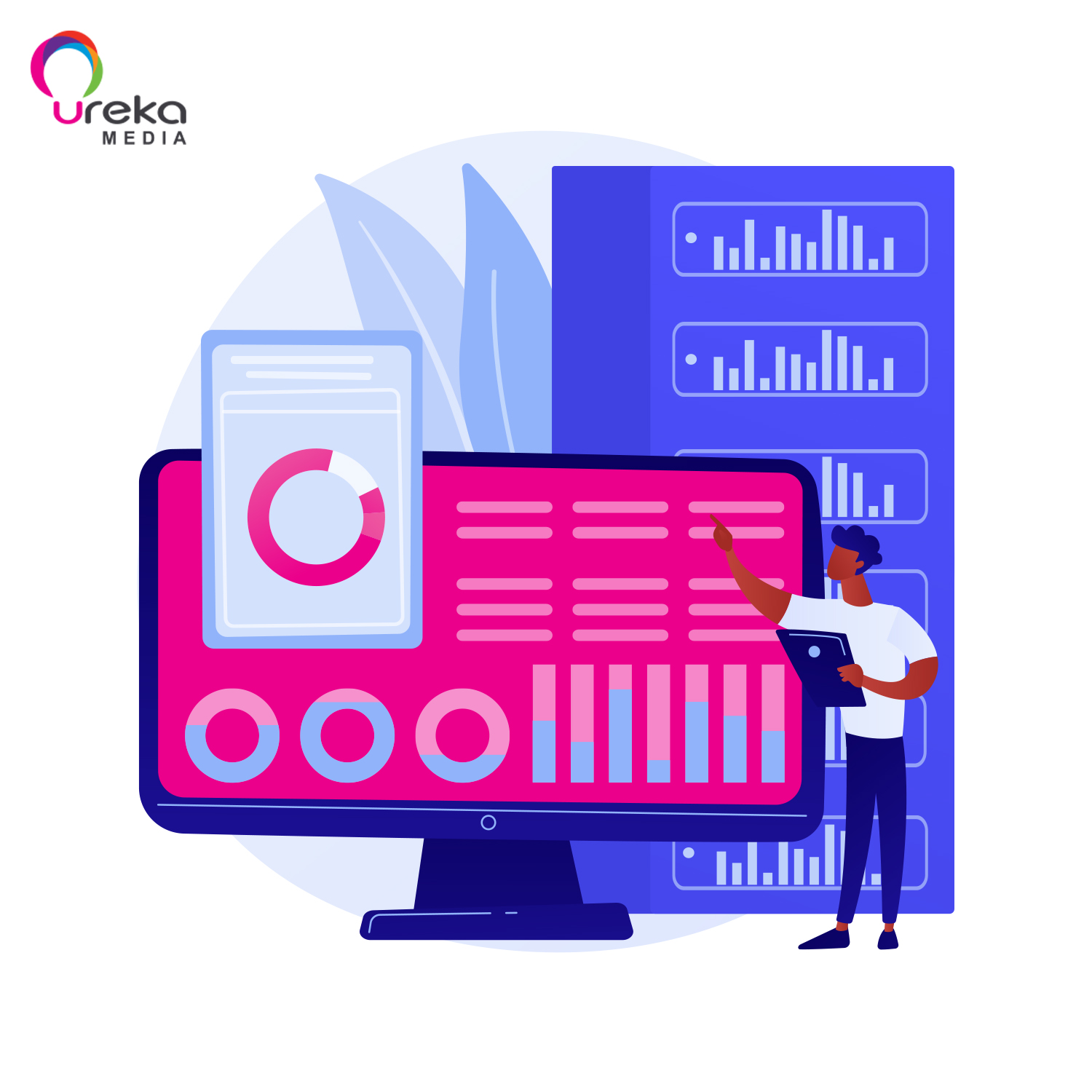


Make people SEE and REMEMBER the brand



Get people to UNDERSTAND and
WANT the brand



Change people's BEHAVIOR and
get them to CONVERT



Take care of people to CONVERT OFTEN and
ADVOCATE the brand
U News
Want to Really Understand Your Customer Data? Try Hiring a Scientist
The next digital transformation battleground is the war for this talent

Top retailers and consumer brands will hire nearly 50 percent more data scientists over the next three years.
Getty Images
Anyone who follows the NBA knows what shoes their favorite athletes are wearing, whether it’s Lebron James (Nike), James Harden (Adidas) or Steph Curry (Under Armour).
Now add Peter Fader to that list.
Fader isn’t a world-class baller. He’s a marketing professor at the University of Pennsylvania’s Wharton School of Business who invented a way for brands to calculate customer lifetime value. He’s also a co-founder of Zodiac, a consumer data analytics startup acquired by Nike in March for an undisclosed sum.
Data scientists like Fader may soon be as important as star athletes in ensuring the success of companies like Nike, which is in a footrace with Adidas and Under Armour for using data to enhance the customer journey.
“Acquiring Zodiac brings a team of world-class data science talent, along with the best-in-class tools they’ve developed,” says Sean Bruich, vp of global member services and consumer knowledge for Nike. The $34 billion sports apparel company is relying on data to power one-to-one relationships with customers and help personalize its offerings.
Nike is hardly alone. In the same month, Nordstrom acquired two digital startups that use artificial intelligence to personalize communications with customers. Other companies are staffing up internally. Top retailers and consumer brands are planning to hire nearly 50 percent more data scientistsover the next three years, according to a March 2018 survey by Salesforce and Deloitte.
“Data scientists are still relatively sparse resources, and companies are falling all over themselves trying to attract these folks,” says Brandon Purcell, a principal analyst for Forrester Research.
The love vote
In 2016, Accenture surveyed more than 27,000 consumers in the U.S., U.K. and Brazil, asking which brands they truly love. Those that ranked highest on the Love Index—Apple, Google, Microsoft, Netflix, YouTube—are also among the most advanced in applying data science to the customer experience.
That’s no accident, says Nan Nayak, managing director of design strategy for Fjord, a division of Accenture Interactive.
“These companies are [measuring] their key moments of customer experience and have data scientists constantly looking for patterns,” she says. “One of the reasons digital-first brands did really well on the Love Index is that they are tapping into experience nuances most traditional brands do not.”
By applying data science, brands are trying to answer three fundamental questions, says Chris Paradysz, co-CEO of digital marketing agency PMX: Who are my customers? What do they want today? How can I evolve to meet their needs in the future?

Researchers at the University of Tennessee analyzed Facebook data to identify bars and restaurants that were good candidates for purchasing Coke products. The more check-ins and likes an establishment’s Facebook page received, the better prospect it was, allowing the beverage giant to prioritize its sales efforts.
The answers aren’t as simple as they may seem, in part because customer needs and desires evolve so rapidly.
“You can’t hope to use legacy information and be right,” Paradysz says. “You really have to use data. You need to have direct feeds of information into some kind of internal analytical tool or acquire the talent yourself.”
Today, most brands are just beginning their data science journey, says Michel Ballings, assistant professor of business analytics at the University of Tennessee’s Haslam College of Business.
There are three levels of maturity for companies using data analytics, he explains. The first stage is descriptive, using data to figure out what’s happening now. That’s where the vast majority of companies are. The second level is predictive; a smaller number of brands are beginning to use analytics to figure out what’s likely to happen. The third stage is prescriptive, using data models to make decisions on what to do next. That’s where digital natives like Amazon and Google live, he says.
Reaching level three requires major investments, says Ballings, but it’s worth the effort.
“It will help you be creative in ways you couldn’t imagine and point you in directions you wouldn’t think of,” he says. “You want to personalize your services, recommendations and products and to provide the best possible customer experience. For that you need data.”
Tech talent crunch
But data by itself is worthless unless you have the ability to understand it, manipulate it and apply it to real business problems. That takes talent. And right now, data science talent is in great demand.
For the third consecutive year, “data scientist” has been named the best job in America by recruiting site Glassdoor, because of the copious opportunities and high salaries such positions command. And it’s only going to get harder for brands to hire data scientists; IBM predicts by 2020 the demand for data science professionals will increase by 28 percent.
Competition for talent is fierce, and not just from other consumer brands. Companies must compete with tech giants on the West Coast and big financial service firms in the East, says Arnold Pravinata, chief decision science officer at Marlette Funding, which markets consumer loans via the Best Egg brand.
“Data scientists who move to the West Coast want to get a job at Google, Apple or Facebook,” says Pravinata, who’s based in San Francisco. “Attracting the best talent is a huge challenge.”

The online lender discovered that people who visited the site’s third-party reviews page signed up for loans at nearly twice the usual rate, so it optimized content to drive more visitors to those pages.
But hiring or acquiring top-notch data scientists is just one part of the equation, says Forrester’s Purcell. You also need to build a team around them.
Before analysts can crunch the data, apply machine learning and deliver new insights, brands need engineers who know how to store, manage and clean the data. And they need tech-savvy communicators who can take that analysis and translate it into business reality, Purcell says.
As a digitally native brand, the 4-year-old Best Egg has people with data analytics skills spread throughout the organization, notes Marlette CMO Bobby Ritterbeck. But that breadth of talent created a new problem: Different business units would sometimes arrive at novel interpretations of the same data.
“Even though you’re looking at the same data sets, how you structure that data can lead to different answers,” Ritterbeck says. “You really need to have a single source of truth in the organization so each group can make decisions that are congruent with each other.”
At the same time, though, you need to avoid creating data silos that operate independently from the rest of the business, Purcell warns.
“Data scientists will go off and work on something for three months and bring it to the marketing team, and the marketing team will say, ‘Oh, we already knew that.’ That’s a problem,” he says.
It’s a tricky balancing act. Data teams need to be centralized so their conclusions are consistent, but also must be embedded in the business units so they can deliver timely and relevant insights.
Data be the day
Solving these problems will require significant investments in talent and resources. Big brands like Nike and Nordstrom that can afford to gain expertise quickly by acquiring data analytics companies have a distinct advantage, says Paradysz. Midsize firms may need to engage with third-party analytics companies, while smaller brands may be forced to rely on data provided by platform partners like Google and Facebook.
“They won’t answer all your questions, but they can give you a level of analytics that’s affordable without being outrageous,” Paradysz says. “The problem is that Google won’t interpret the data for you; you have to figure out what it means for your business.”
Agencies are also feeling added pressure to be more strategic, informed and knowledgeable about data, he admits.
“We are definitely inside the problems clients are asking us to help solve,” Paradysz says. “We’re trying to bring their people up to speed as fast as possible, and to both bring this knowledge up to the decision makers and down into the ranks of people who run the day-to-day business.”

The California-based grocery chain used loyalty data to determine what product attributes were most important to its customers, then launched a unique labeling program allowing consumers to choose foods based on their nutrient value and environmental impact.
Purcell notes that as more people enter the data analytics field, drawn by the allure of the “best job in America,” the talent shortage should begin to abate. And as more intelligence is being baked into analytics software, the tools will become easier to master for less technical users.
Over the long haul, smart brands realize that they need to own not only their data but also the analytics skills that make it useful, says Rob Finora, svp for data at ShareThis, which provides social media sharing tools for publishers’ content.
“Unless you truly take a position in data, go out on a limb and staff for the data science talent you need to bring in, you’re not going to realize the promise of what big data can do,” he says. “You need to bring these assets in-house, invest in the right people and go really deep into owning that whole process internally.”
Ultimately, data is what will drive transformation, enabling companies to become more customer-centric and executives to make better decisions, says Jose Gomes, managing director of North America for dunnhumby, a global customer data science company.
“In the olden days you’d have a store and you’d know all your customers individually,” he says. “But in modern times with millions of customers, you can’t do that. The world of analytics becomes the only way for you to truly understand what your customers need and want from you.”
Source: Adweek
Related Post
Recent Post
![[ALL ABOUT PROGRAMMATIC] PART 01: WHAT IS PROGRAMMATIC?](https://urekamedia.com.my/uploads/data/uploaded/images/photo_news/800x800/news_20160616093528/programmatic1.jpg)

![[ALL ABOUT PROGRAMMATIC] PART 10: RETARGETING - A STRONGER WITH PROGRAMMATIC](https://urekamedia.com.my/uploads/data/uploaded/images/photo_news/800x800/news_20160920033243/programmatic-urekamedia-mediaeyes-dsp-part10-retargeting-thumbnail1.png)
![[Performance Based Ads] 4 Ways B2B Marketers Should Be Using Mobile Video](https://urekamedia.com.my/uploads/uploads_image/20180424/20180424121153_88673.png)
![[PROMOTION] UREKA MEDIA YEAR END 2017 PROMOTION](https://urekamedia.com.my/uploads/uploads_image/20171101/20171101120936_42146.png)






